Immunity and COVID-19
Your journey to health can be a quest to discover what you are and what is your relationship with the experience of the world we see. Guido Mase and Bruce Lipton provided some explanation with fractals. These are repeatable forms and functions found throughout nature. Simply stated “as above, so below”. From the cell to the tissues, to the organs, to the organism and ultimately the world we see there is an energy seeking balance. Some health care practitioners will consider the energetics of spirit, mind and body to achieve a balance and harmony.
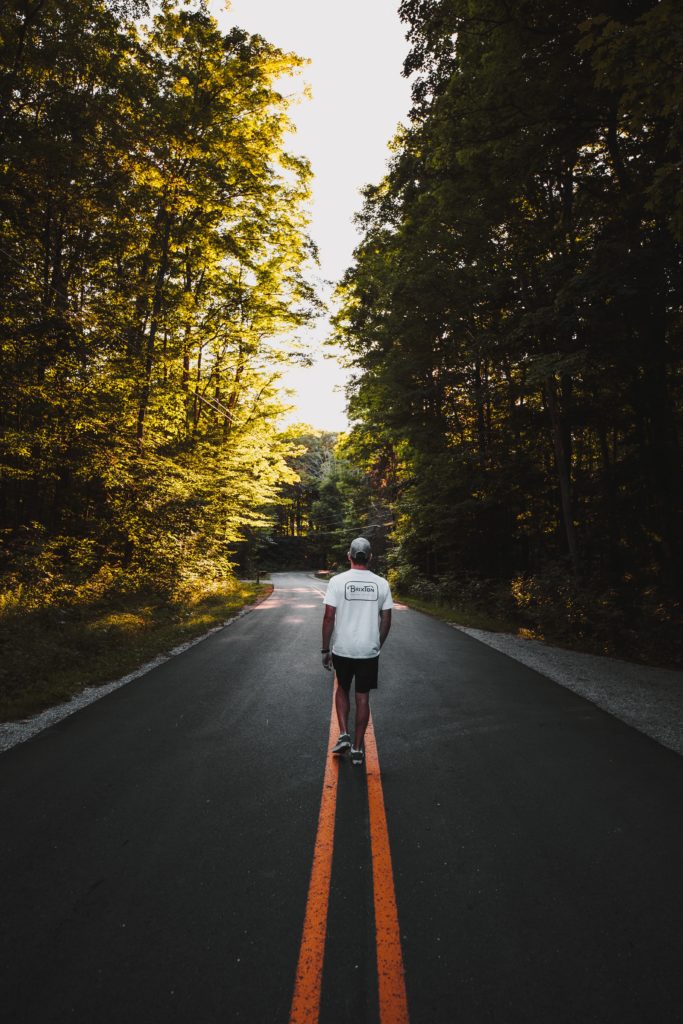
My thoughts consider a universal Spirit that uses a mind to create and visualize a potential healing experience and the body as a communication instrument to seek and to form the needed unification{healing}. From an energetic standpoint the mind body complex may function as an energy transformer and capacitor {much like a crystal}. Therefore, we have the ability to receive energy, but also to transform it and then extend it to the universe. We have the choice to extend it in either a higher vibration which is healing or a lower vibration that will hinder the process through stagnation and disease on an individual and planetary level.
I have a different perspective not only on the new Corona virus, SARS-COV2, and its associated disease, COVID-19, but any disease that is considered infectious. It may be wise to consider all microbes serve a purpose even if we do not currently understand it. There is the possibility that viruses play a role in genetic evolution. Microbes will become pathogenic when they are present in excessive numbers and the wrong places, usually diseased tissues or with a weakened immune system. Therefore it will be necessary to understand the purpose of the microbe and how to strengthen weakened tissues and organs to prevent microbes from becoming pathogenic.

COVID-19 may not be the result of viral infection but rather a disease of individual life style and an unhealthy planet. There is research available to indicate that high levels of particulate air pollution as measured by P M 2.5 and environmental toxins such as glyphosate correlate to high levels of COVID-19. There is also the belief that the death from pneumonia is not the result of viral infection but a toxic response by already damaged individuals causing vascular dysfunction, tissue hypoxia {low oxygen} and the resulting organ failure. The following thoughts will present a different perspective not only on the new Corona virus, SARS-COV2, and its associated disease, COVID-19 but also many infections. In the most severe situations oxygen supplementation and artificial ventilation can increase pulmonary inflammation. Recently dexamethasone therapy has been added as an anti-inflammatory. Steroids are the allopathic go to for autoimmune diseases and offer their own risks. Is it possible the cytokine storm is an acute autoimmune response? Hopefully actions can be taken to prevent the need for this level of treatment.
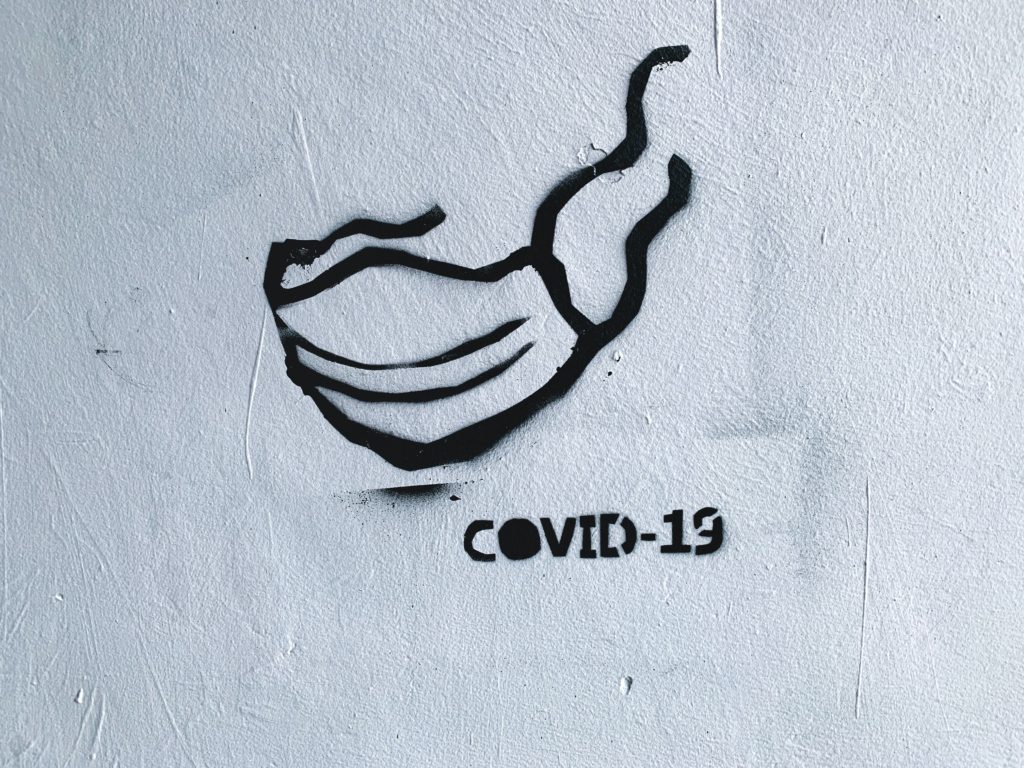
The many deaths and economic hardships are a tragedy but the disease may be a blessing in the form of an unmasking of an unhealthy planet and population. Instead of seeking a cure from the pharmaceutical industry, we may be wise to look for the changes needed by populations to improve not only individual resilience but also the health of our air, water and soil. This is not a war against pathogens and resulting inflammation. It is a wakeup call. The solution to these problems will not be solved by the same mindset that created them. Until solutions are discovered consider herbal and or nutritional supplements to balance a weakened immune system and support nature’s wisdom.
Since I have little experience with patients, I can only rely on the results of others and self experimentation. There seems to be some controversy on the use of Echinacea, Elderberry/Elderflower and Vitamin D. Are they immuno-stimulating or immuno- modulatory? Herbal medicine usually relies on large frequent doses for a therapeutic effect. There is support for the belief that immuno-modulation is beneficial when the immune system over responds to a perceived threat resulting in further tissue damage. Although published research provides some basis for therapeutic decisions, tradition and the reports of experienced clinicians should also be valued. Most studies are based on in-vivo trials. Although this provides information about the potential implications for benefit or risk, trials may not provide the same results in-vitro. Human studies are even more difficult to analyze. It may be important to consider how an oral supplement is absorbed, distributed, metabolized (not only by the liver, but also our digestive system and gut microbiome) and finally excreted. These can have an effect on a supplement’s therapeutic or toxic bio-activity. Dr. Ethan Russo has made reference to the importance of the gut microbiome in treatment of neuropathology. Another consideration may be seasonality. “Whoever wishes to investigate medicine properly should thus: in the first place consider the seasons of the year”. Hippocrates. This may be especially true for vitamin D since serum levels are sunshine dependent. I believe the ideal level is 60-80 ng/dl. Serum levels are more likely deficient in the winter months without dietary supplementation.
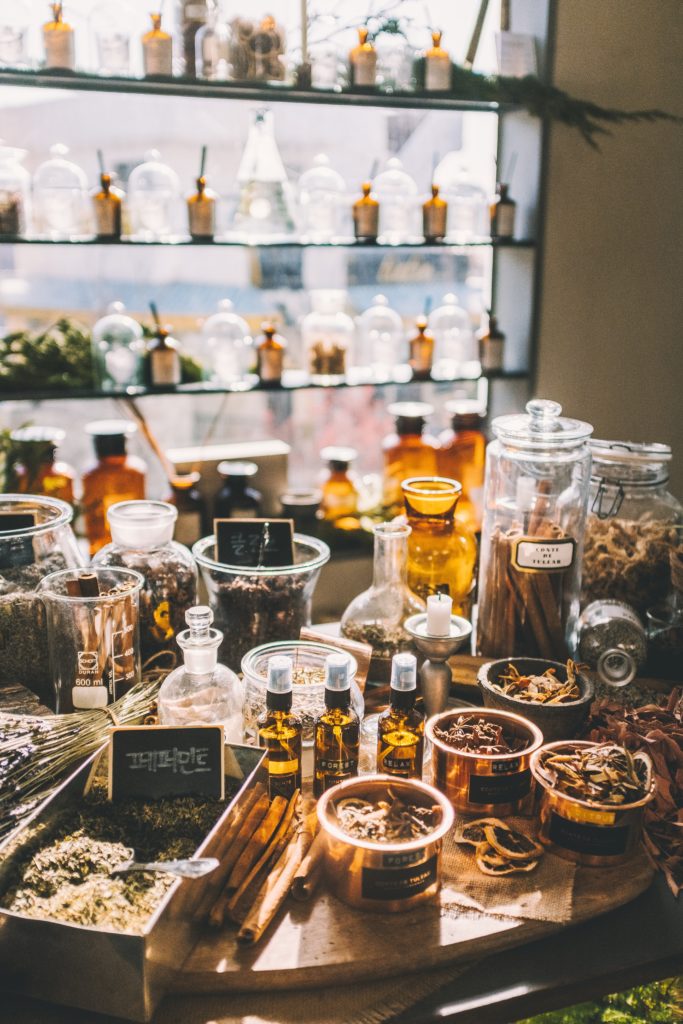
There are conflicting research papers as to the benefit or risk of certain dietary supplements, therefore it may be better to consider the wisdom of Western herbalists, Ayurveda and Traditional Chinese Medicine for supplement uses with follow up and documentation by practitioners. All actions for prevention and treatment will be enhanced by education of the public about the need to create resilience through diet, life style, fresh air, water and sunshine. This follows “The Naturopathic Therapuetic Order”. The Herbalists should recommend herbs only after considering pharmacodynamics, pharmacokenetics and plant energetics (how the body and the herb interact) inorder to provide the maximum safety and effectiveness. I am not aware of information to date concerning these recommendations for the SARS-COV-2 virus, although there is adequate information concerning the common cold, respiratory influenza and the 1918 pandemic. .
“We are in the mist of a global pandemic of obesity, diabetes, cancer, dementia, depression and other chronic diseases caused by modern life styles and their associated lack of physical activity, high intake of sugar, fat, salt, alcohol, tobacco and exposure to a toxic cocktail of industrial chemicals. The solutions for this current health crisis are therefore more likely to be found in the homes and behaviors of individuals than in medical clinics, hospitals or pharmacies.” Marc M. Cohen. “Ocimum sanctum: an herb for all reasons”. J Ayurveda Integr 2014 Oct-Dec; 5(4): 251-259.
Reducing The Risks Associated With The Corona Virus SARS-COV2 and Its Disease COVID-19 An Herbalists Perspective
Combining herbs with a lifestyle that includes mental relaxation, adequate sleep, a nutrient dense whole food diet, muscular and cardiovascular strengthening activities and loving relations with others is the most effective way to reduce the risk of any disease. The following information is based on lectures by Christopher Hobbs PhD, Charis Lindrooth DC, Guido Mase` Paul Bergner and Tammy Sweet. I am grateful for the over 8 hours of lecture time to which I listened and even more preparation which they donated and was supported by Botanic Wise. These ideas are my understanding of their lectures which were based on published research and the experience of Western Herbalists and Traditional Chinese Medicine. My goal is to provide a source for those who want to do more than practice hygiene and social distancing during this and future health crisis.
Our plant allies cannot move away from threatening and stressful conditions, so they produce chemicals in response. These plant chemicals can be used to aid our response to infection and other stressors. Herbal protocols can be divided into three phases. Phase one is daily supplements that support normal immune function and other weakened organ systems. Phase two and three includes herbs and actions that are antiviral {which means they support an appropriate immune response}, nourishing and support digestion. Herbs can be taken as teas usually dosed in teaspoons or grams per cup , used as spices for cooking or used in more potent forms which are dosed in drops such as tinctures, oil infusions or some which can be even more concentrated into essential oils. The more concentrated the preparation the greater the potential risk.
Phase 1
Daily supplements of adaptogenic herbs such as Astragalus, Rhodiola, Tulsi can help strengthen and balance the immune system by helping our bodies adapt to environmental stressors. Powdered supplements of mushrooms such as Shitake, Mitake, Reishi , Lion’s Mane and Cordyceps provide chemicals that support immune function. Cooking with a variety of mushrooms and using spices such as turmeric, rosemary, sage, ginger, garlic, oregano, black pepper, cayenne and thyme are beneficial for our immune system.
Phase 2

The virus gains entry by pretending to be a nutrient or messenger molecule for one of the many receptors on a cell membrane. The receptors recognize and allow entry of specific nutrients and messengers needed by the cell. The SARS-COV2 virus uses the ACE2 receptor. This virus can infect cells of the respiratory and digestive tract before spreading to other areas. Traditional Chinese Medicine describes the infection as “Toxic Heat” which requires anti-microbial and anti-inflammatory actions. At the very first symptoms of respiratory irritation, gastric irritation or unexplained pain or fatigue and before fever develops is the time to take action that can prevent further progression. Immune stimulating herbs such as Echinacea and Elderberry can be helpful. High doses (1/4-1 tsp) of spices such as ginger, cayenne, fire cider and horseradish can be taken alone or with a broth or juice. These stimulating herbs may elevate body temperature and induce sweating (a great anti-viral and detoxifier). Using a sauna or a hot bath with Epsom salt and Eucalyptus oil is another way and is also relaxing. Drink warm liquids: water, broths or teas. Rest is imperative since the mitochrondria which produce the cells energy also play a role in its immune response. Going to bed and piling the covers after the hot bath is a good way to rest, sweat, and keep body temperature elevated. We need to conserve energy while defending against an invading virus. The digestive system provides the fuel and other necessary nutrients to support life. This requires a lot of energy. Consuming easily digestible foods in the form of soups and broths that include spices mentioned earlier and mushrooms will provide the most nutrition for the least energy.

Phase 3
When symptoms worsen or fever increases. Use herbs that target the virus or support affected organ systems. At this point it is important to monitor not only temperature but also blood oxygen levels and breathing rate. A temperature above 103 degrees, a pulse oximeter reading below 93 percent or breathing rate above 30 per minute all require professional medical advice. Anti viral herbs such as garlic, Thyme, Honeysuckle flower and Elderflower target the lungs. Dry coughs can be supported with moistening herbs such as marshmallow or slippery elm. Licorice is a sweet herb that nourishes, supports the digestive system, is anti viral and is an expectorant (helps eliminate mucous) allowing a cough to serve better elimination. There may be some risk, although minimal, for those with high blood pressure. These herbs are meant for short term use (days-weeks). Many times herbs can be combined in order to achieve enhanced results. Examples include: Yarrow, Echinacea and Peppermint or Lavender, Licorice and Thyme. There are published literature and reports of experienced herbalists to support the actions of these herbs.
- Yarrow is diaphoretic (increases sweating), anti inflammatory, wound healing, astringent and anti-anxiety.
- Echinacea is Immunomodulatory and anti-inflammatory.
- Peppermint is anti-microbial, analgesic, anti-nausea and anti-oxidant.
- Lavender is anti-anxiety and anti-inflammatory
- Licorice root is anti-microbial, anti-viral, anti-inflammatory, immunomodulatory and an expectorant
- Thyme is anti-oxidant, anti-inflammatory, anti- spasmodic, anti-microbial and anti-viral.
Dosing
Herbs are relatively safe with fewer adverse effects when used as teas. The dose is usually 1 tsp or gram of herb per cup unless advised to take a higher dose. Tinctures and oil infusions are more potent and require more caution. Since all herbs and drugs are metabolized by the liver, care should be used to avoid interactions and complications. Do adequate research or seek the advice of an herbalist.
Improving immune Function For The Corona Virus, SARS-COV2, and (COVID19) Using Nutritional Supplements
In addition, it may be wise to consider adding nutritional supplements in order to provide nutrients that support immune function and may not be present in adequate amounts from your diet.
The following information is based on an Ari Whitten podcast with Dr Guillermo Ruiz, a webinar Sponsored by Biotics Research Corporation with Dr Ray Bisevac (both are Naturopathic Doctors) and my own research on PubMed. This is not provided to treat or cure any disease, but rather to provide a guide to those who desire to consider preventive actions for maintaining health. I recommend that readers do their own research and practice recommended hygiene techniques.
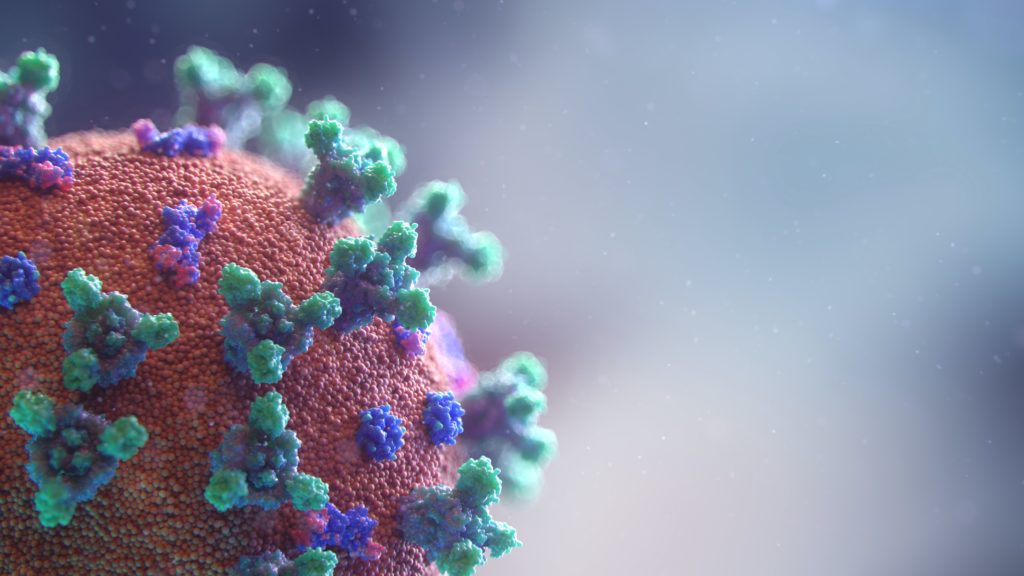
It may be helpful to understand how the Corona virus enters a cell in order to take over genetic activity and cause the cell’s eventual death. All cells have an outer membrane which control what gets in and what goes out of it. Some consider this membrane the brain of the cell. Receptors located on the cell membrane allow the cell to receive instructions controlling activity from its birth until death. The receptors are a system of molecular combinations of sugars, fats and proteins (glycolipids and glycoproteins). The receptor through which the Corona virus enters is believed to be the ACE2 receptor. This receptor influences cardiovascular and inflammatory activity and is up-regulated (increased in number on the cell) with elevated blood pressure and blood sugar. Perhaps this is why chronic health issues increase the risk of infection and death resulting from the Corona virus. Pneumonia is the usual cause of death from bacterial or viral respiratory infections (including COVID19). This is the result of an out of control inflammatory response from the innate immune system. The antiviral and immunomodulatory actions not only control the virus, but also our immune response reducing inflammation which can lessen the severity of COVID19.

Lifestyle
Natural strategies can be used to reduce the risks associated with not only this virus, but all infections. Any opportunistic infection such as the Corona virus will be worse for those with weakened vitality as result of poor life style choices. Again, these include sleep, stress response, standard American diet, sedentary life (lack of movement and exercise) and solitude (lack of a supportive community). I would refer readers to my website: jamesbrentdds.com for suggestions on improving life style choices. Additionally, lessons from the 1918 Pandemic showed that infected patients exposed to fresh air and sunshine had better outcomes.
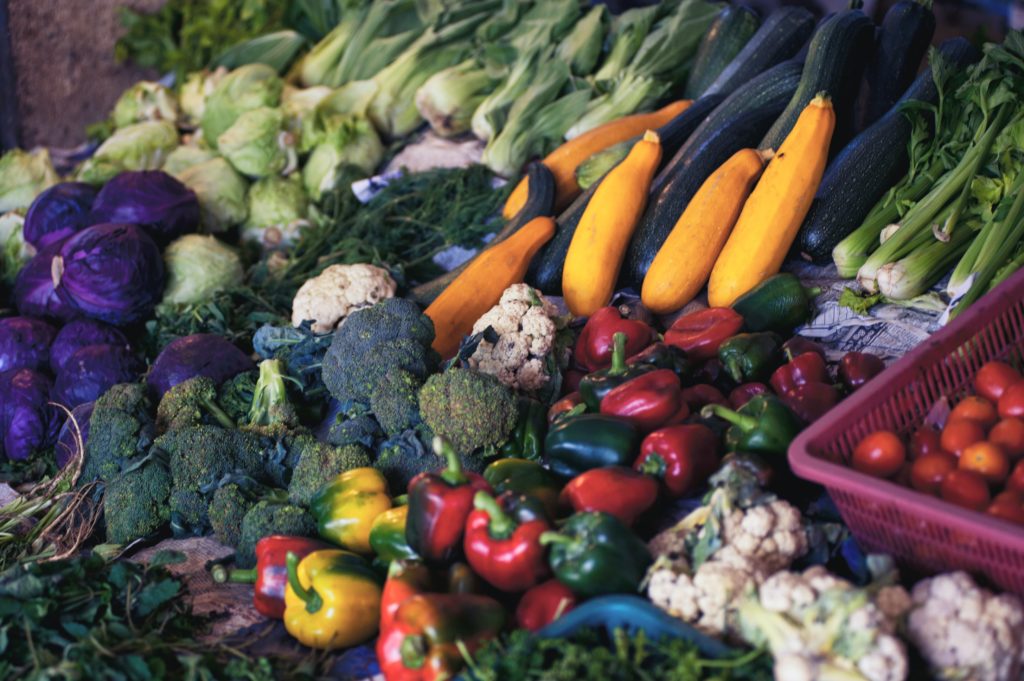
Diet
Our dietary needs also include micronutrients in the form of vitamins and minerals. The best sources are a variety of organic fresh fruits and vegetables consisting of many colors. Deficiencies will weaken cells, tissues and organs therefore increase the risk for disease.
Supplements
There is research available to support the belief that supplementation with vitamins (A,B6,C,D and E), minerals (magnesium, selenium and zinc), N-Acetyl-Cysteine (NAC) , using mushroom extracts or adding mushrooms to the diet and using a Propolis- Echinacea spray can improve immune function.
Vitamin A is anti-inflammatory by modulating the innate (our first line of defense) and the adaptive (responsible for antibodies) immune systems. Recent research has suggested that a deficiency of vitamin A and other micronutrients has a close correlation with infectious diseases of the respiratory and the digestive systems in children. The recommended dose is 1200 IU per day.
Vitamin B6 in large doses of 50-100 milligrams per day can increase the immune response of critically ill patients. Taking a multi B vitamin supplement is helpful during times of stress.
Vitamin C is a powerful anti-oxidant and has antimicrobial actions. Adequate intake of vitamin C and zinc can ameliorate symptoms and shorten the duration of respiratory tract infections including the common cold. Supplementation is well tolerated. The starting dose can be 1000-2000 milligrams 2-3 times per day. More will be needed if symptoms develop. Since the half life for vitamin C is 2-3 hours, frequently daily doses are recommended. Andrew Saul, PhD says take as much as you need to be symptom free.
Vitamin D is a steroid hormone that can modulate signaling pathways on cellular membrane receptors responsible for many activities including the immune response and gene expression. Adequate levels of vitamin D may reduce risk and improve outcomes for all-cause infections. Low levels of vitamin D is associated with increased autoimmunity (an over-reaction of the immune system causing damage to cells). A dose of 4000 milligrams per day is recommended.
Vitamin E protects against oxidative damage of cell membranes from reactive oxygen species (ROS) and reactive nitrogen species (RNS) which are pro-inflammatory molecules. It also modulates intercellular communication which enhances immune responses to confer protection against several infectious diseases. A dose of 200 IU per day is recommended
Magnesium modulates cellular events involved with inflammation. It induces a systemic hormonal and nervous stress response that is beneficial for relaxation. Low magnesium is correlated with increased atherosclerosis (blockage of arteries), metabolic syndrome (a pre-diabetic condition) and elevated blood pressure. A dose of 500 milligrams per day is recommended.
Selenium is an essential micronutrient for modulating the immune system of the patient for improved outcomes. It affects DNA repair via selenoprotein action on RNA. The recommended dose is 60-100 milligrams per day.
Zinc regulates communication with cells of the innate and adaptive immune system. Low zinc is involved in various metabolic, chronic and infectious diseases. The recommended dose is 15 milligrams per day.
There are foods, herbs and other dietary supplements such as mushrooms, garlic, onions, N-Acetyl- Cysteine and a combination Propolis-Echinacea spray that can also aid our immunity.
Mushrooms contain many pharmacologically active compounds to include terpenes and glycoproteins. These compounds can have antimicrobial, antitumor, anti-allergic, immunomodulatory, anti-atherogenic (arterial blockage) and hepatoprotective (liver protection) actions. This can be beneficial. Consider mushrooms as part of the diet or taken as extracts (available from Herb Pharm).
N-Acetyl-Cysteine (NAC) is an inexpensive supplement (available on Amazon). It can be metabolized to glutathione which is essential to our body and is a powerful anti-oxidant, detoxifier and mycolytic agent (reduces mucous). This can be beneficial in acute and chronic disorders associated with inflammation. The recommended dose is 500 milligrams per day.
A Propolis and Echinacea extract spray can be used at the onset of symptoms of colds or respiratory flu. Propolis is a bee product (bee glue) with a wide range on chemicals that can affect many metabolic pathways. These pathways influence both the innate (first responders) and adaptive (antibodies) immune system. It acts as a complimentary agent and not sufficient to control a specific infection.
Echinacea modulates the innate and adaptive immune response. It is anti-inflammatory, antibacterial, antiviral and therefore beneficial for relieving cold and flu symptoms.
In conclusion, I hope we can use the COVID-19 experience to cultivate love and respect for our bodies, our brothers and our Mother Earth with all her gifts. This will be the path that leads to happiness and good health.
References
- ACE Cell Biology, Regulation, Physiological Functions. Anthony Turner. Sci Direct 2016
- Role of Vitamin A in the Immune System. Zhiyi Huang etal. J Clin Med: 2018 sept:7(9)
- Vitamin B6 supplementation increases immune response in critically ill patients. Chang CH. Eur J Clin Nutri: 2006 Oct: 60(10)
- Immune enhancing role of vitamin C and zinc and effect on clinical conditions. Winter gferst ES etal. Ann Nutr Metab. 2006 50(2)
- Vitamin D: Nutrient, Hormone and, Immunomodulator. Francesca Sassi etal. Nutrients: 2018 Nov:10(11)
- Interaction of vitamin D with membrane based signaling pathways. Maria Jesus Larriba etal. Front Physiol. 2014:5:80
- Role of Vitamin E in Immunity. Ga Young etal. Nutruients: 29018 Nov: !0(11)
- Magnesium and the inflammatory response: potential physiopathological implications. Mazur A etal.Arch VBiochem Biophys 2007 Feb:458(1)
- Selenium, Selenoproteins, and Immunity. J C Avery etal. Nutrients 2018 Sep: 10(9)
- Zinc Signals and Immunity. Martina Maywald etal. Int J Mol Sci: 2017
- The Pharmacological Potential of Mushrooms. Ulrike L Linguist etal. Evi Based Compliment Altern Med: 2005 Sep:@(30
- A Recview of the Various Uses of n-Acetyl-Cysteine. V Mokhtari etal. Cell J:2017 Apr-Jun 19(!)
- Immune’s Immune boosting agent; Immunomodulation potentials ofpropolis. Mohammed Al-Hariri. J Family Communuity Med: 2019 Jan-Apr:28(1)
- Application of the Phytomedicine Echincea purpurea. James B Hudson. J Biomed Biotechnol 201
- Immunomodulation with Echinacea: a systemic review of controlled clinical trials. Melchart D etal. Phytomedicine 1194 Dec: 1(3)
- Elderberry and ElderFlower Extracts, Phenolic Compounds and Metabolites and Their Effect on Compliment Raw264.7 Macrophages and Dendritic cells. Giang Thanh Ti Ho etal. J Mol Sci: 29017 Mar: 18(3)
- Vitamin D and Influenza Prevention or Therapy. D M Gruba-Bzura. Int J Mol Sci. 2018 Aug: 19(8)
- Reframing Bioavailabilty Through the Lens of the Microbiome. Thomas G. Guilliams PhD., Lifestyle Matrix.com. 2020 Mar
- The Therapeutic Order. Dr. Jared Zeff and Dr. Pamela Snider. AANMC 2019 Aug 6
